Mining Conveyor Maintenance Guide: Detecting Hidden Risks in Underground Systems
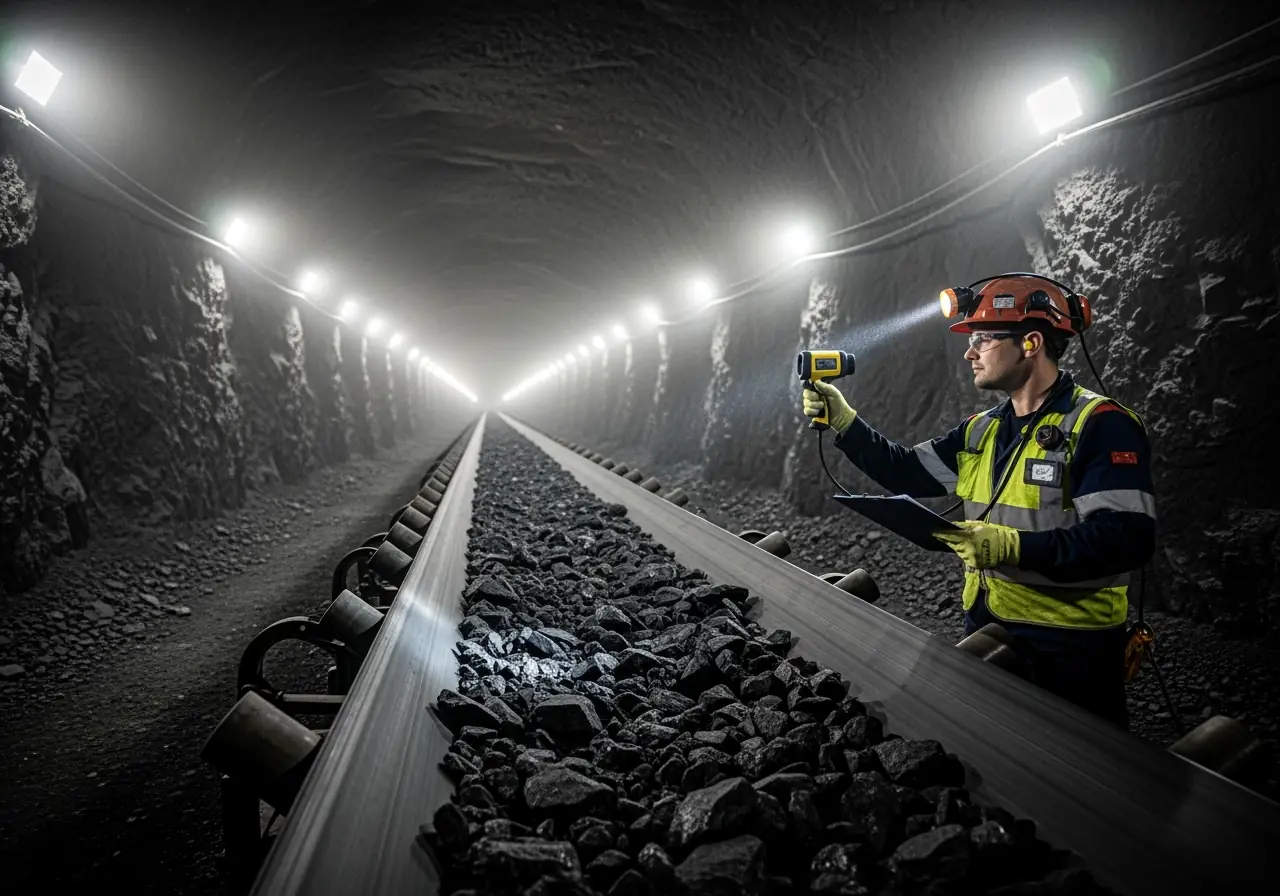
Mining conveyors are critical components of modern bulk material handling systems - designed to transport thousands of tons of rock, sand, gravel, and aggregate in the toughest underground mining conditions. Underground conveyor systems face hidden risks where even minor faults - such as worn idlers, misaligned pulleys, seized roller bearings, or loose drive chains - can trigger costly downtime, safety hazards, and full system failures without structured inspection. Effective risk-based maintenance in mining operations is essential to ensure conveyor efficiency, compliance, and long-term reliability.
Neglecting underground conveyor belt maintenance often results in belt mistracking, slippage due to moisture and load variability, and dangerous material carry-back that reduces productivity and increases energy consumption. By applying predictive maintenance technologies, risk assessment frameworks, standardized parts, and skilled crew training - mining companies can prevent unplanned downtime, extend conveyor lifespan, and maintain compliance with ASME, OSHA, and MSHA safety standards.
Hidden Mechanical and Operational Risks in Underground Conveyor Systems
Underground conveyor systems face unique challenges that often remain unseen until they cause significant disruption. These hidden risks, when left unaddressed, can lead to costly downtime, safety hazards, and equipment damage in mining operations.
Belt Mistracking in Confined Mining Tunnels
Belt drift occurs at every mine site, yet becomes particularly dangerous in confined underground tunnels. When belts start causing structural damage or spilling material, minor tracking becomes a major and expensive problem. Mistracking accounts for approximately 30% of belt fires according to MSHA, primarily due to friction caused by critical mistracking. The primary culprits include misaligned conveyor components after maintenance work, seized or misaligned roller bearings, and off-center material loading at transfer points. Furthermore, maintenance crews working under pressure in tight spaces often sacrifice precision for speed, leading to component misalignment that compounds over time.

Slippage Due to Moisture and Load Variability
Belt slippage creates excessive wear that shortens machine longevity while significantly decreasing productivity. According to Pingdom, approximately 98% of organizations report that just one hour of downtime costs over USD 100,000. Moisture presents a particular challenge underground, where humidity levels fluctuate and condensation forms readily on drive components. Cold temperatures, inadequate lubrication, and irregular loads contribute to slippage issues that quickly escalate into system-wide failures. Consequently, proper conveyor belt tensioning and effective load management become essential for operational efficiency and extended belt lifespan.
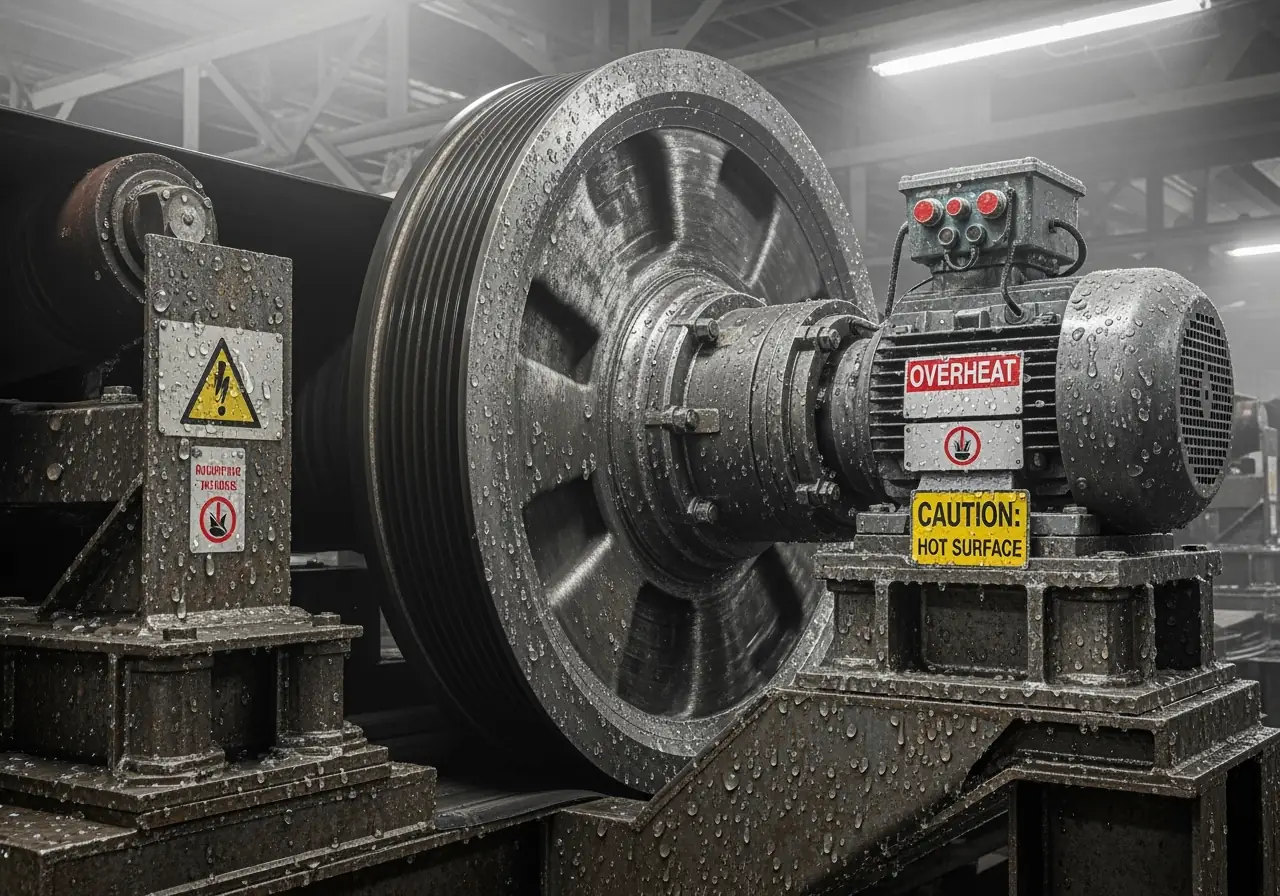
Material Carry-Back and Dust Accumulation Hazards
Carryback - material remaining attached to the belt beyond transfer points - constitutes a significant portion of all fugitive materials in underground systems. Without effective belt cleaners, experience shows that as much as 3% of total cargo can be lost due to spillage, dust, and carryback. In confined tunnel spaces, this fugitive material creates serious hazards: dust poses a fire hazard along with respiratory dangers for personnel. Moreover, carryback typically consists of smaller, moisture-laden particles that form cement-like substances when dried, potentially causing equipment damage and clogging transfer chutes. Implementing proper dust containment measures is crucial for mitigating these risks.
Overheating of Drive Components in Enclosed Spaces
The enclosed nature of underground mining tunnels creates perfect conditions for component overheating. A 1000 HP, 4160V drive produces between 20 and 25 KW of heat when fully loaded - enough to heat most homes. With limited airflow in underground settings, this heat builds up rapidly around motors and drive components. The consequences follow a simple rule: every 10°C rise in temperature reduces the lifespan of electronic components by half. Electrolytic capacitors, which form the DC bus in many variable frequency drives, prove especially vulnerable to heat and humidity combinations frequently encountered in underground mining environments.

Don’t let hidden risks shut down your operation. At MCH Parts, we supply certified conveyor components – from idlers and pulleys to bearings and drive systems – designed to withstand the toughest underground mining conditions. With fast global delivery, standardized parts, and guaranteed compliance, we help you minimize downtime, prevent costly failures, and keep your conveyors running at peak performance.
Smart Maintenance Planning for Underground Conveyor Belts
Effective maintenance planning remains the cornerstone of reliable underground conveyor operations. Creating structured inspection schedules prevents costly breakdowns while extending equipment lifespan through early issue detection.
Daily Inspection Checklist for Underground Belts
Initially, maintenance crews should perform daily visual checks of the entire conveyor system. This inspection includes:
- Examining belts for visible damage such as cuts, cracks, or excessive belt wear
- Checking for debris or material build-up on belt, pulleys, and roller bearings
- Listening for unusual noises that could indicate misaligned components
- Verifying belt tracking to ensure it stays centered
- Ensuring proper belt tension to prevent slippage
- Inspecting emergency stop systems for proper functionality
Daily cleaning at the beginning and end of shifts removes components that could interfere with belt operation, primarily focusing on drive components and accumulated debris. This routine helps maintain conveyor efficiency and prevents operational issues from escalating.
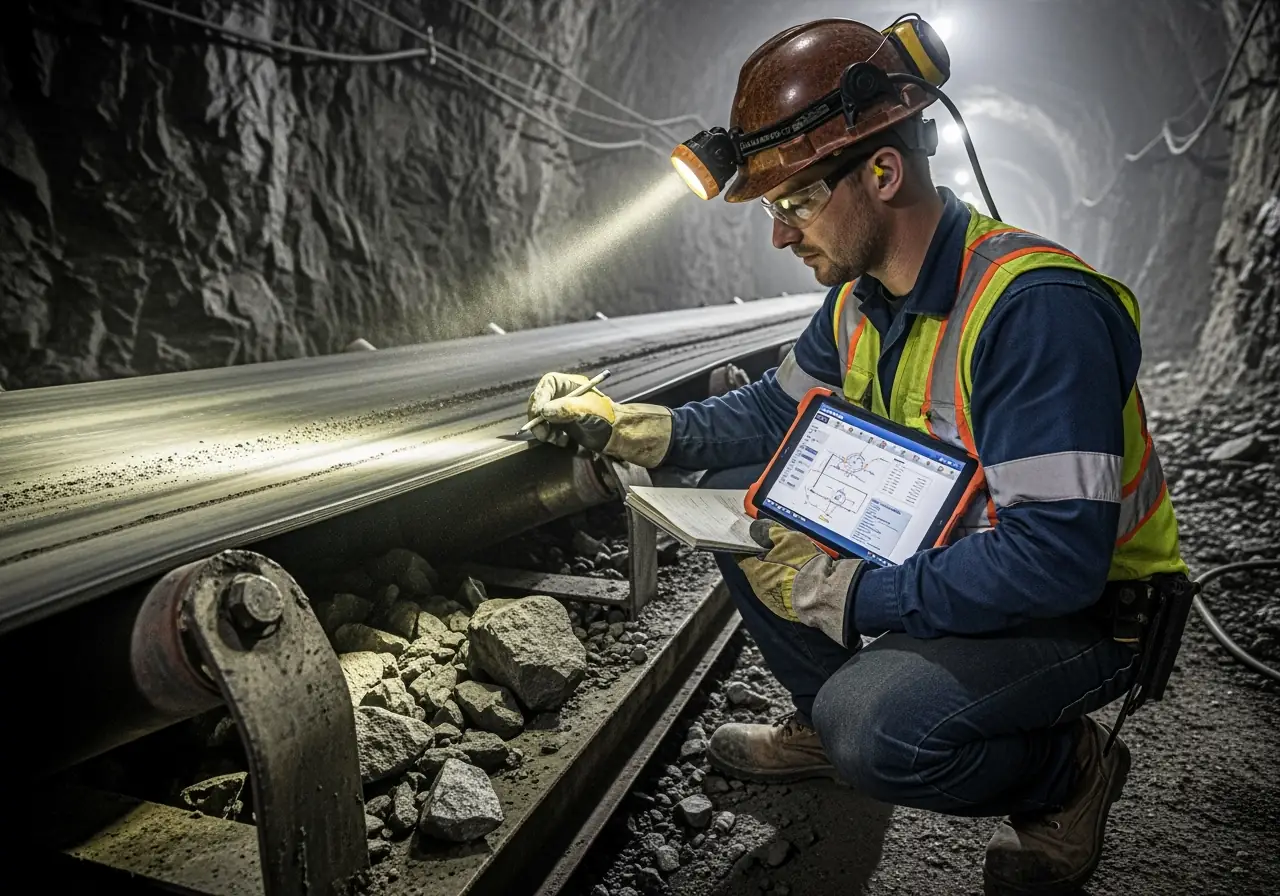
Weekly Maintenance for Idlers, Pulleys, and Bearings
Weekly checks should focus on rotating components. Inspect idlers and rollers for wear, corrosion or seizure, replacing faulty components promptly. Examine pulleys for misalignment, surface wear or pulley lagging deterioration. Subsequently, check the drive system for overheating, vibrations or leaks.
Specifically monitor belt tension and alignment, inspect roller bearings and verify load capacity during weekly maintenance. Tightening bolts and fasteners should be standard practice in these sessions. Additionally, inspect belt splices for any signs of wear or separation.
Monthly Gearbox and Lagging Inspection Protocols
Monthly maintenance represents the most comprehensive check in regular scheduling. Conduct detailed inspections of the belt and conveyor system while emptied and shut down. Check for structural misalignment and lubricate bearings, rollers, motors according to manufacturer guidelines.
The maintenance checklist should include drive motors, motor mounting bolts, gearbox, bearings, and v-belts. Any abnormal vibration or noise requires immediate attention to avoid future failures. This is also an ideal time to assess the condition of impact cradles and their effectiveness in reducing belt damage at loading points.
Annual Overhaul and Belt Replacement Planning
Annual maintenance provides an opportunity to assess the conveyor system for long-term reliability and safety. Observe how your system operates both with and without loads to identify anomalies. Conduct complete mechanical and electrical inspections and make necessary belt repairs or replacements.
Plan for major repairs or replacements based on wear analysis and review past maintenance logs to identify recurring issues. This data-driven approach reduces downtime by approximately 40% and cuts maintenance costs by nearly 30% in some industries. Consider implementing automatic belt tracking systems during this overhaul to minimize future belt edge wear and misalignment issues.
Turn inspection plans into lasting reliability. At MCH Parts, we supply certified conveyor belts, idlers, pulleys, bearings, gearboxes, and drive components that support every stage of your maintenance schedule. With fast global delivery, standardized parts, and compliance-ready sourcing, we help mining operators cut downtime, extend equipment lifespan, and keep production moving.
Get the right conveyor components from MCH Parts – built for safety, reliability, and performance in the toughest underground environments.
Condition Monitoring and Predictive Diagnostics
Proactive technologies now form the backbone of modern underground conveyor maintenance by identifying potential failures before they occur. These advanced remote monitoring systems continuously monitor critical components throughout mining operations.
Vibration Sensors for Idler and Pulley Health
Vibration stands as the most critical parameter for condition monitoring conveyor systems. Typically, accelerometer-type vibration sensors with outputs of 100 mV/g detect subtle changes in machinery health. These sensors, strategically placed along belt conveyors, deliver continuous data to maintain operations. Innovative systems employ "peak value analysis" techniques specifically programmed for early detection of failures, with unique algorithms capturing values over sequential time intervals. Another important feature is adaptive monitoring that normalizes vibration data based on conveyor belt speed.
Thermal Imaging for Motor and Gearbox Overheating
Thermal imaging captures heat patterns, using color to correlate each pixel to specific surface temperatures. For conveyor motors and gearboxes, overheating often signals impending breakdown. Standard practice includes regularly comparing operating temperatures of similar equipment, comparing to manufacturer's standards, or tracking changes over time. Thermal cameras detect inadequate airflow, unbalanced voltage, bearing failures, and insulation degradation. For gearboxes, thermal imaging reveals hot spots from insufficient lubrication or oil leaks through hot oil running down cases.
Remote Belt Tracking Systems for Mistracking Alerts
Belt mistracking causes approximately 30% of belt fires according to MSHA, primarily from friction during critical mistracking. Remote tracking devices monitor alignment continuously, unlike manual inspections that occur intermittently. These conveyor belt tracking systems enable operators to address misalignment before material spillage or component damage occurs. Through automated diagnostics, they reduce falling material from misaligned belts while minimizing sound emissions from tracking issues.
Data-Driven Maintenance Scheduling with CMMS
Computerized Maintenance Management Systems (CMMS) transform collected sensor data into actionable maintenance schedules. Organizations implementing CMMS report reducing unexpected downtime by 30%. These systems generate early warnings of incipient failures, allowing maintenance teams to schedule interventions at optimal times. Data analytics capabilities identify patterns in equipment performance and track failure rates. Furthermore, they integrate with IoT devices to provide real-time insights into equipment health, enhancing overall conveyor efficiency.
Training, Standardization, and Maintenance Windows
Systematic personnel development coupled with standardized processes forms the foundation of effective underground conveyor maintenance. Even the most advanced monitoring technologies require skilled technicians to interpret and respond appropriately to conveyor belt issues.
Crew Training for Emergency Repairs and Lockout Procedures
Comprehensive training ensures maintenance personnel can identify potential problems early and perform effective preventive maintenance. OSHA requirements specify that each authorized employee must affix personal lockout devices before engaging in maintenance operations. Regular emergency drills for conveyor belt fires and equipment breakdowns remain essential for minimizing operational disruptions. Indeed, technicians should receive specific training on equipment operation, safety protocols, and first-response procedures to address various operational issues that may arise.
Parts Standardization to Reduce Downtime
Standardized parts streamline procurement processes and reduce inventory management complexity. By implementing standardized conveyor components, facilities experience cost efficiency, accelerated delivery times, increased flexibility, and optimized quality standards. Altogether, this approach ensures critical spares remain accessible, preventing extended periods of unplanned downtime at remote mining sites.
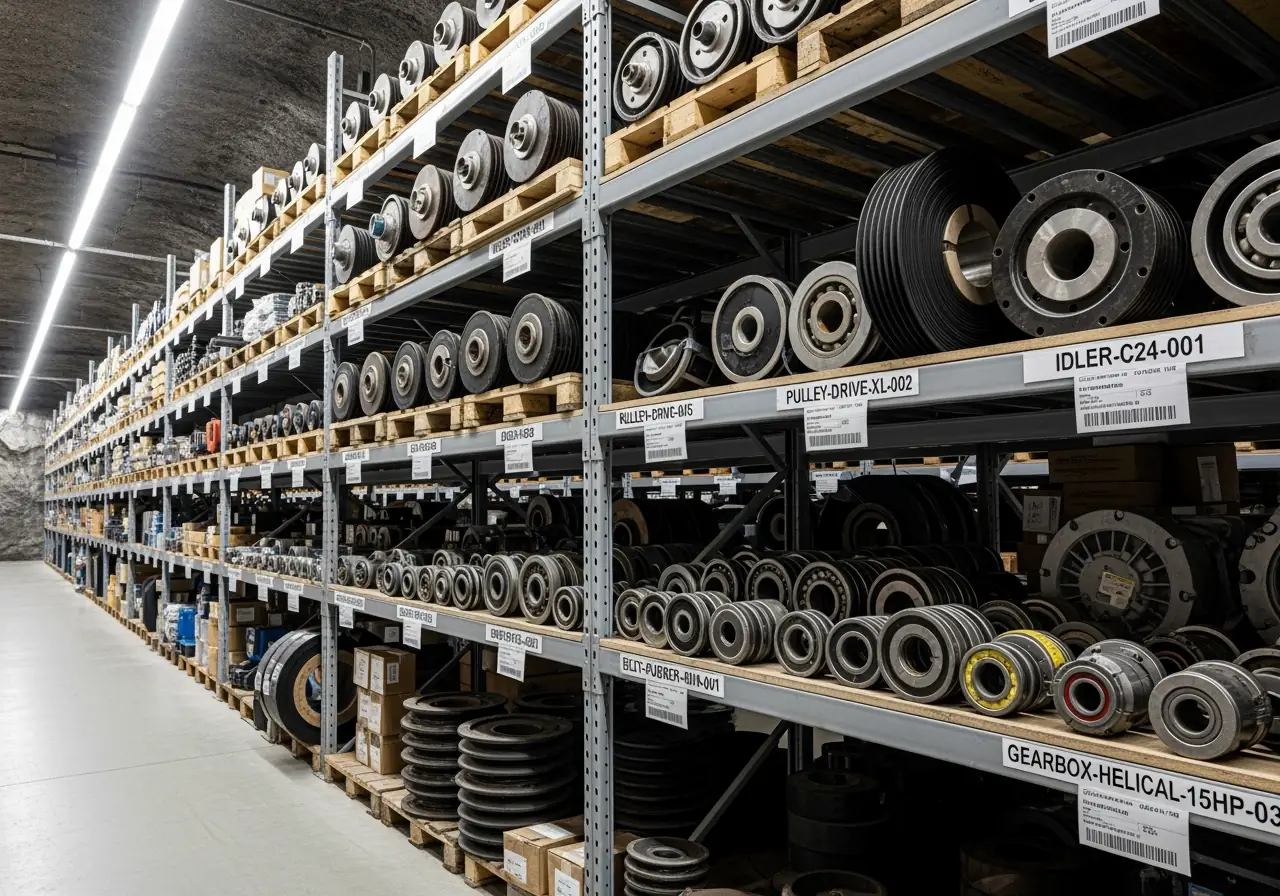
Optimizing Maintenance Windows in 24/7 Operations
Effectively scheduled maintenance windows minimize production impact while maximizing system reliability. Nevertheless, emergency response protocols with 24/7 technical support remain vital for addressing critical system failures outside planned maintenance. Computerized Maintenance Management Systems bring structure through automated reminders for inspections and lubrication, helping to prevent belt failure and other major issues.
Documentation and Logging for Compliance and Audits
Detailed maintenance records support warranty claims and regulatory audits. Furthermore, performance trending identifies optimization opportunities throughout the system lifecycle, contributing to improved conveyor efficiency over time.
Keep training, standardization, and maintenance windows working for you. At MCH Parts, we provide certified conveyor components and replacement parts that align with global standards, ensuring your crews always have the right spares on hand. Our fast worldwide delivery and compliance-focused sourcing help mining operators reduce downtime, support continuous 24/7 operations, and simplify audits with reliable, standardized solutions. Partner with MCH Parts to secure the components your maintenance teams need - when and where you need them.
Conclusion
Underground conveyor systems are vital to mining operations - but hidden risks like belt mistracking, conveyor slippage, material carry-back, and overheating of drive components can quickly escalate into costly failures if not addressed with structured maintenance. Smart risk-based maintenance planning is the foundation of reliable conveyor performance - daily inspections, weekly checks, monthly gearbox assessments, and annual overhauls extend conveyor belt lifespan and prevent unplanned downtime. Modern condition monitoring technologies such as vibration sensors, thermal imaging, and remote belt tracking systems transform mining conveyor maintenance from reactive to predictive. With CMMS integration and IoT-driven data analytics, maintenance teams can schedule interventions at optimal times for maximum efficiency.
Standardized conveyor parts reduce inventory complexity, while skilled crew training ensures safe, compliant, and effective emergency responses. By combining predictive diagnostics, parts standardization, and comprehensive risk assessment frameworks - mining companies can safeguard underground conveyor systems, enhance operational safety, and improve productivity.
At MCH Parts, we deliver certified conveyor components worldwide, helping mining operators implement these smart maintenance strategies without delays.
Key Takeaways
Underground conveyor systems face critical hidden risks that can escalate into costly failures without proper maintenance strategies. Here are the essential insights for maintaining reliable operations:
• Hidden risks demand proactive attention: Belt mistracking causes 30% of belt fires, while moisture and load variability create slippage that costs over $100,000 per hour of downtime.
• Structured maintenance prevents major failures: Daily visual inspections, weekly component checks, and monthly gearbox assessments catch issues early before they become expensive emergencies.
• Smart monitoring transforms maintenance: Vibration sensors, thermal imaging, and remote tracking systems enable predictive maintenance that reduces unexpected downtime by 30%.
• Standardization and training maximize efficiency: Using standardized parts reduces inventory complexity while comprehensive crew training ensures safe, effective emergency responses.
• Data-driven scheduling optimizes operations: CMMS integration with IoT sensors provides real-time equipment health insights, allowing maintenance teams to schedule interventions at optimal times.
The most successful underground mining operations combine advanced monitoring technologies with skilled personnel and systematic maintenance protocols to achieve maximum safety, efficiency, and equipment longevity.
FAQs
Q1. What are the main hidden risks in underground conveyor systems? The primary hidden risks include belt mistracking, which can cause fires; slippage due to moisture and load variability; material carry-back and dust accumulation hazards; and overheating of drive components in enclosed spaces. These issues can lead to significant operational disruptions and safety hazards if not addressed promptly.
Q2. How often should maintenance be performed on underground conveyor belts? Maintenance should be performed at various intervals. Daily visual inspections are crucial for catching minor issues. Weekly checks should focus on rotating components like idlers and pulleys. Monthly inspections should cover gearboxes and lagging. Annual overhauls provide an opportunity for comprehensive system assessment and major repairs or replacements.
Q3. What role does condition monitoring play in conveyor maintenance? Condition monitoring technologies like vibration sensors, thermal imaging, and remote belt tracking systems play a crucial role in predictive maintenance. These tools continuously monitor critical components, allowing maintenance teams to identify potential failures before they occur, reducing unexpected downtime by up to 30%.
Q4. How can standardization improve conveyor maintenance efficiency? Standardization of parts streamlines procurement processes, reduces inventory management complexity, and ensures critical spares are readily available. This approach leads to cost efficiency, faster delivery times, increased flexibility, and optimized quality standards, ultimately minimizing downtime during maintenance or repairs.
Q5. Why is crew training important for conveyor maintenance? Comprehensive crew training is essential for identifying potential problems early, performing effective preventive maintenance, and responding safely to emergencies. Properly trained personnel can interpret data from monitoring systems, follow correct lockout procedures, and execute emergency repairs efficiently, enhancing overall system reliability and safety.
Read More

Seeder Bearing Parts Sourcing Guide: Critical Components & Strategy
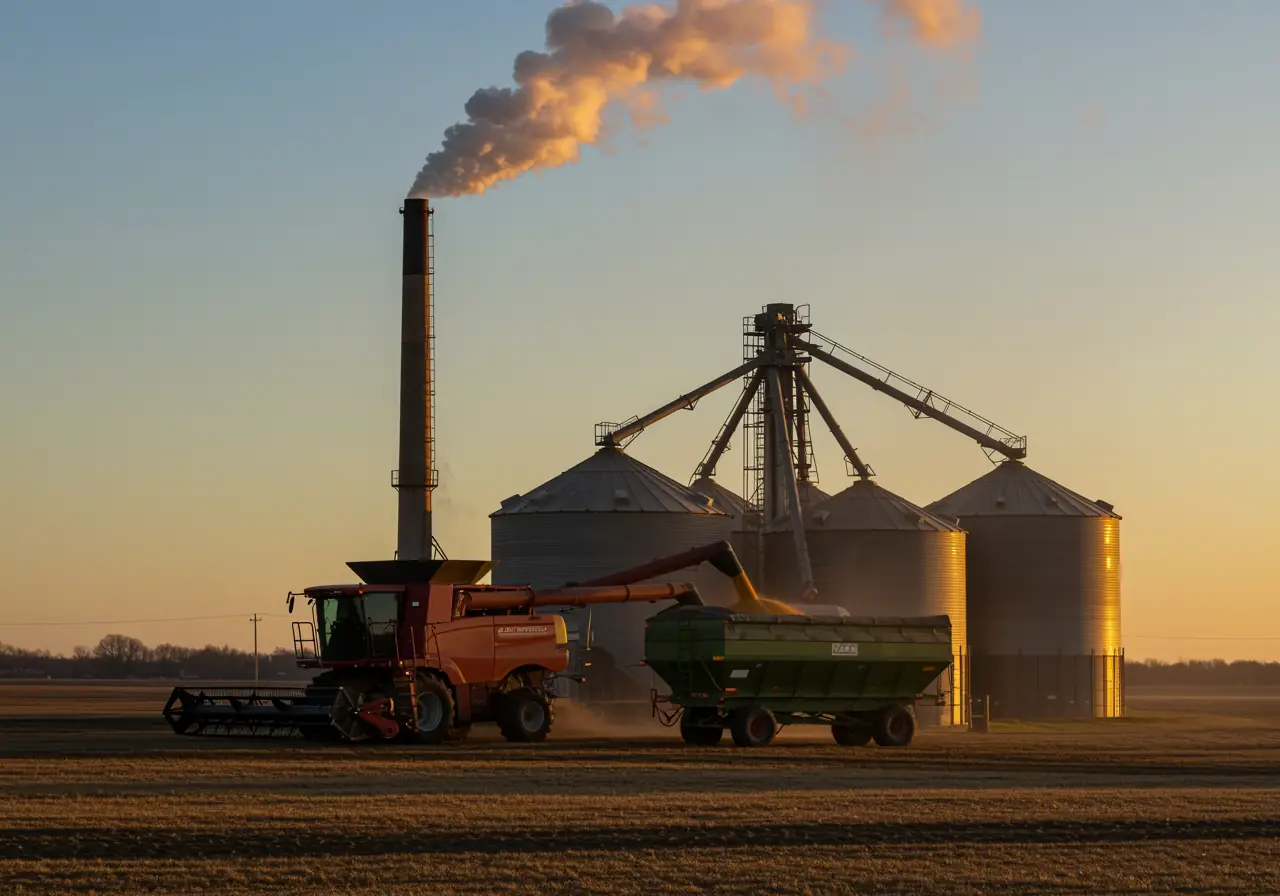
Downtime Prevention Through Smart Inventory for Grain Dryers

Combine Harvester Breakdown Prevention Guide: Predictive Analytics for Zero Downtime

Master Global Agricultural Parts Delivery | Mid-Season MRO Guide

Fixing Haul Truck Downtime Issues: Remote Parts Strategy Guide 2025
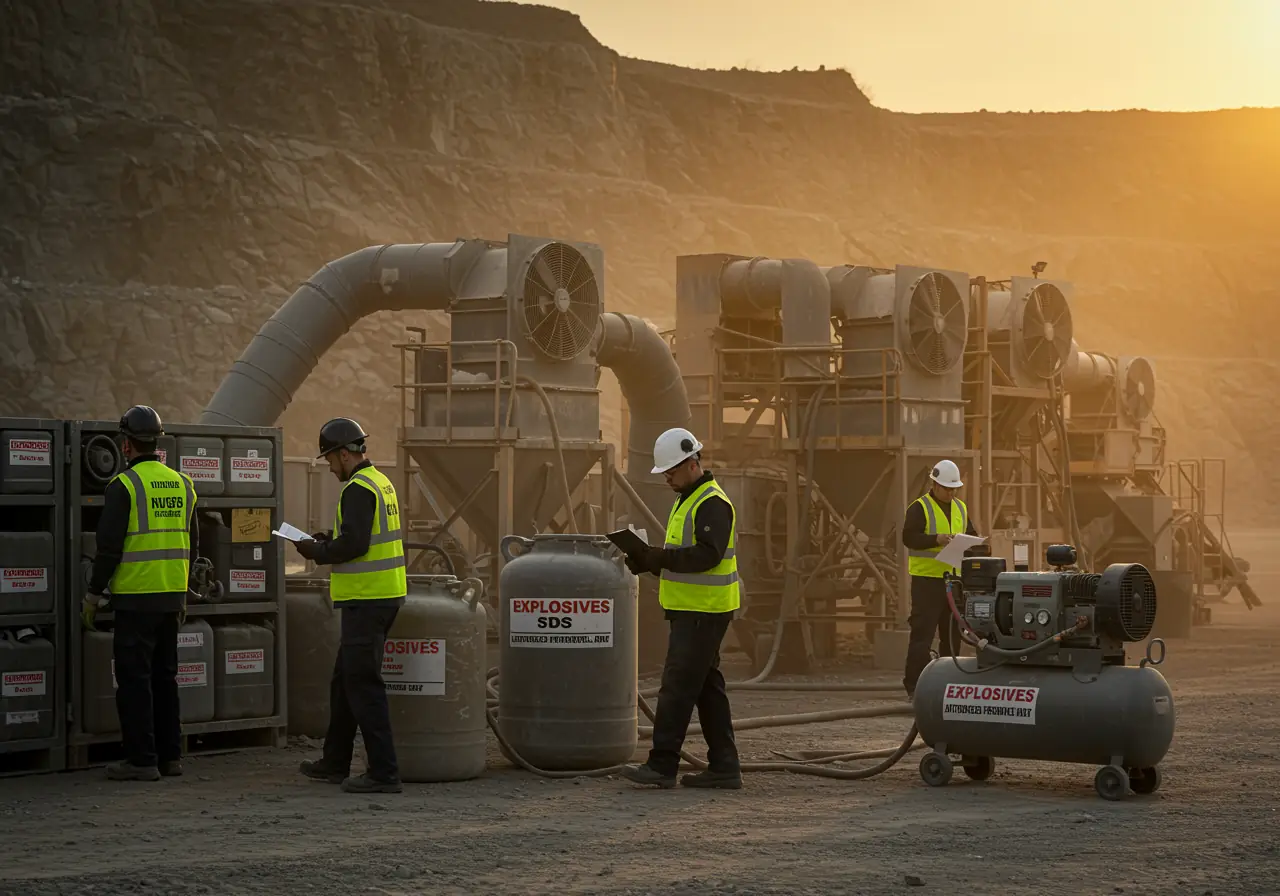
Blasting Equipment Safety Compliance: Must-Know Audit Requirements for 2025
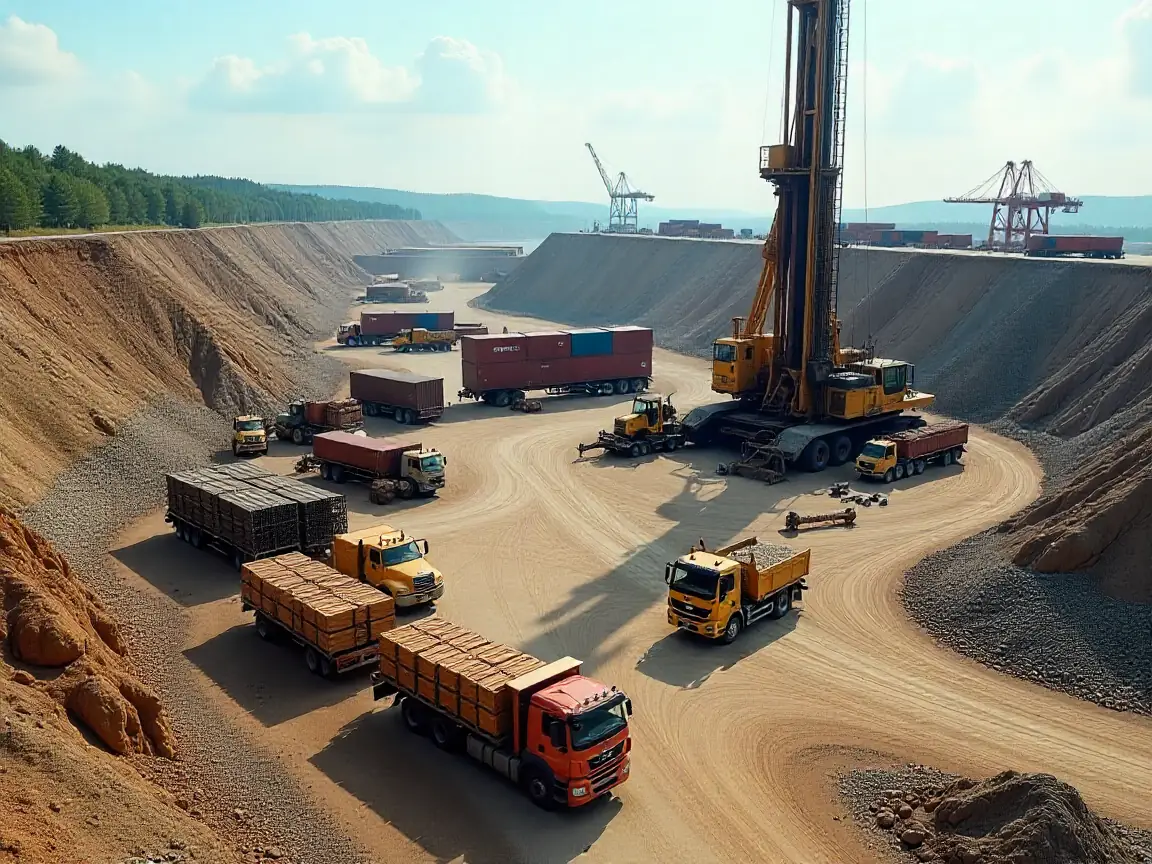
The Step-by-Step Guide to Global Drill Rig Consumables Sourcing

Mining Conveyor Maintenance Guide: Detecting Hidden Risks in Underground Systems
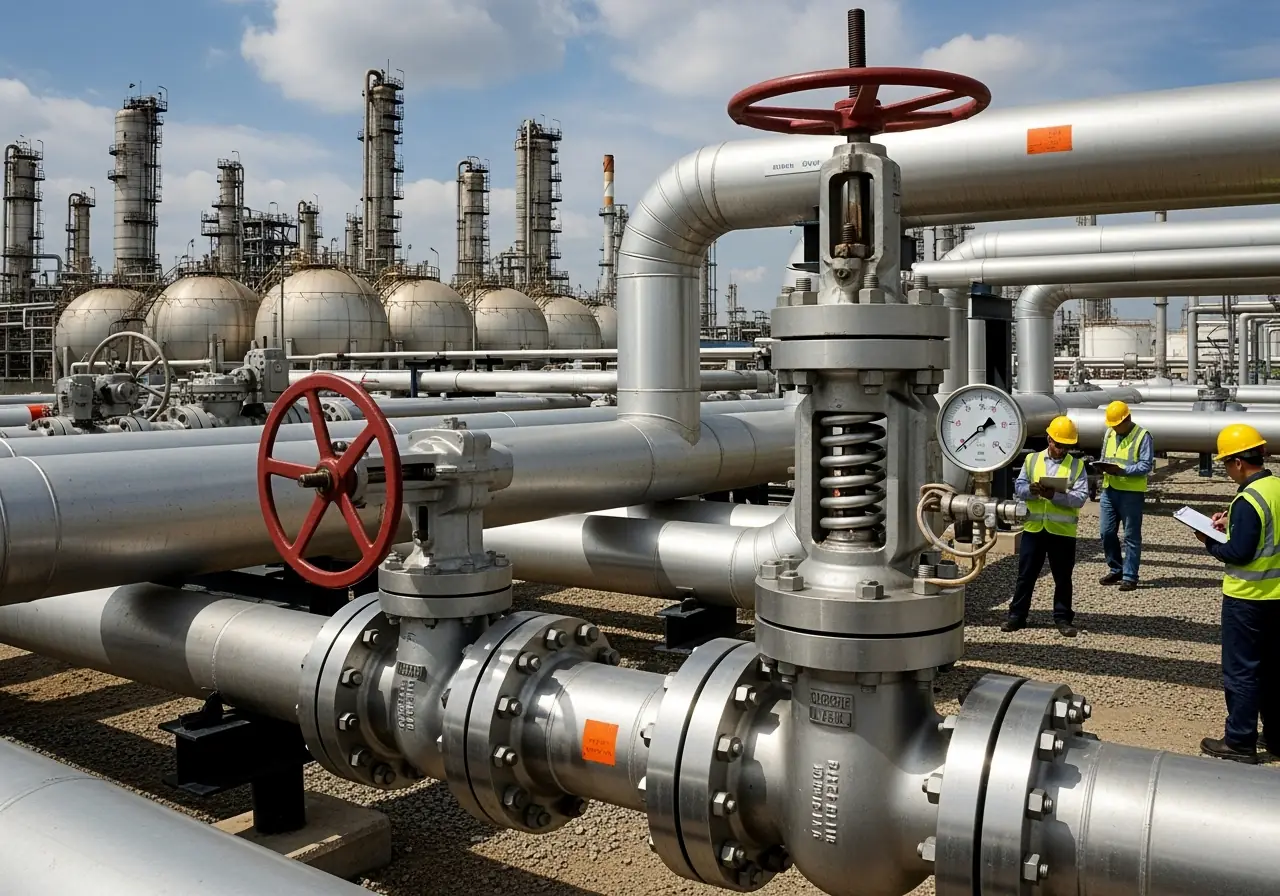
Best Practices for Certified Pipeline Valve Selection: From Specs to Installation

Optimizing Oil Rig PPE Delivery: Proven Strategies That Saved $2M Annually
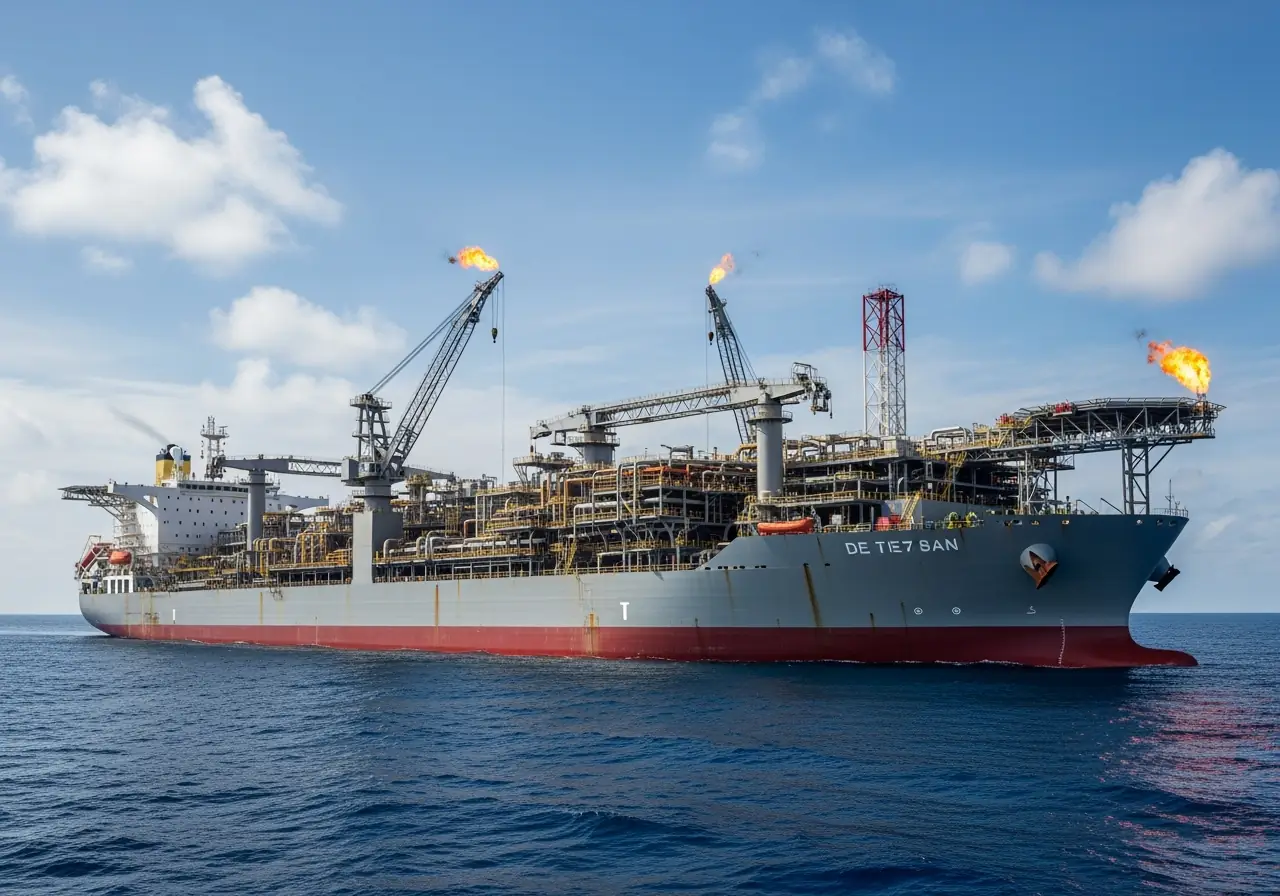
FPSO Smart Parts Planning: Proven Methods to Cut Downtime

How FPSO Inspection Prevents Million-Dollar Shutdown Losses

Fix It Before It Breaks: A Farmer's Guide to Combine and Harvester Maintenance

Why Fast Tractor Parts Delivery is Changing Modern Farming [2025 Guide]

The Critical Farm Equipment Replacement Parts You Need Before Harvest 2025
.webp)
How to Double Your Farm Efficiency: Expert Guide to Smart Scaling

Cut Costs by 30%: Pre-Season Spare Parts Audit Checklist

Proven Success Factors for Agricultural Equipment Manufacturers in 2025

13 Overlooked Farm Spare Parts That Halt Operations — Pt. 2

13 Overlooked Farm Spare Parts That Halt Operations — Pt. 1

Top Hydraulic Components for Agricultural Equipment in 2025: Complete Guide
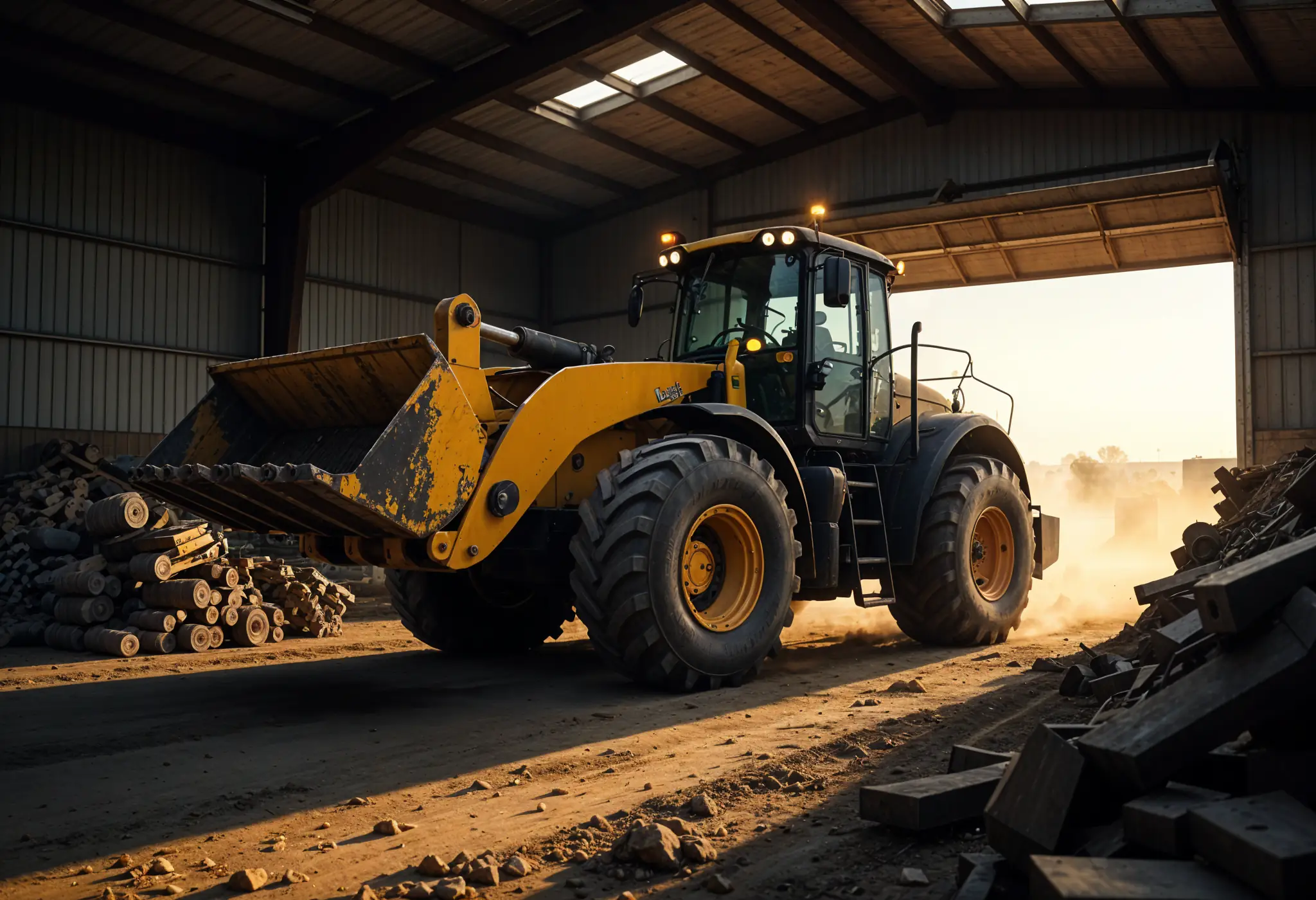
The Essential Farm Equipment Parts You Can't Afford to Run Out Of

How to Service Farm Equipment: A Farmer's Guide to Zero Harvest Downtime
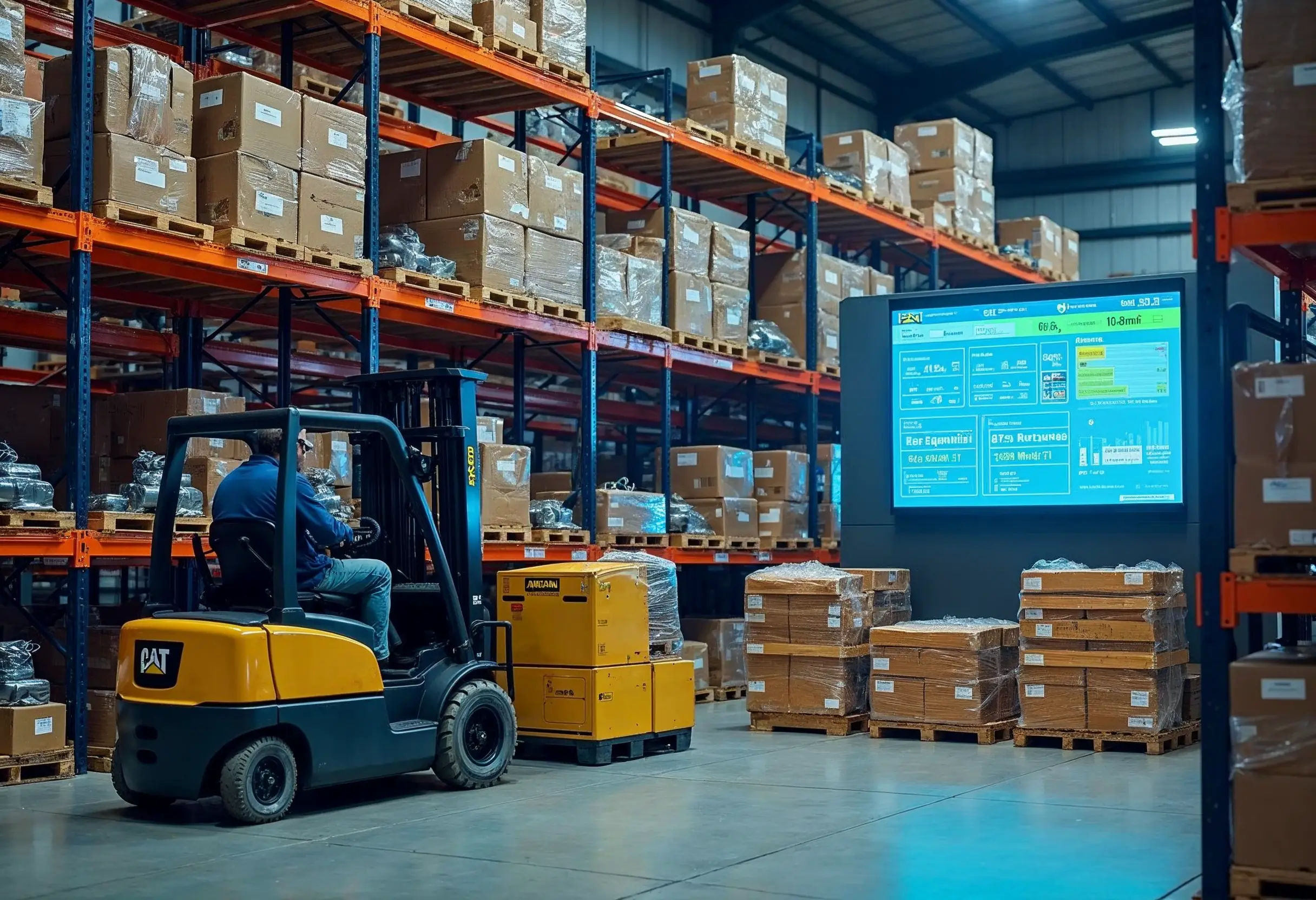
Construction Machinery Parts Suppliers: Expert Selection Guide
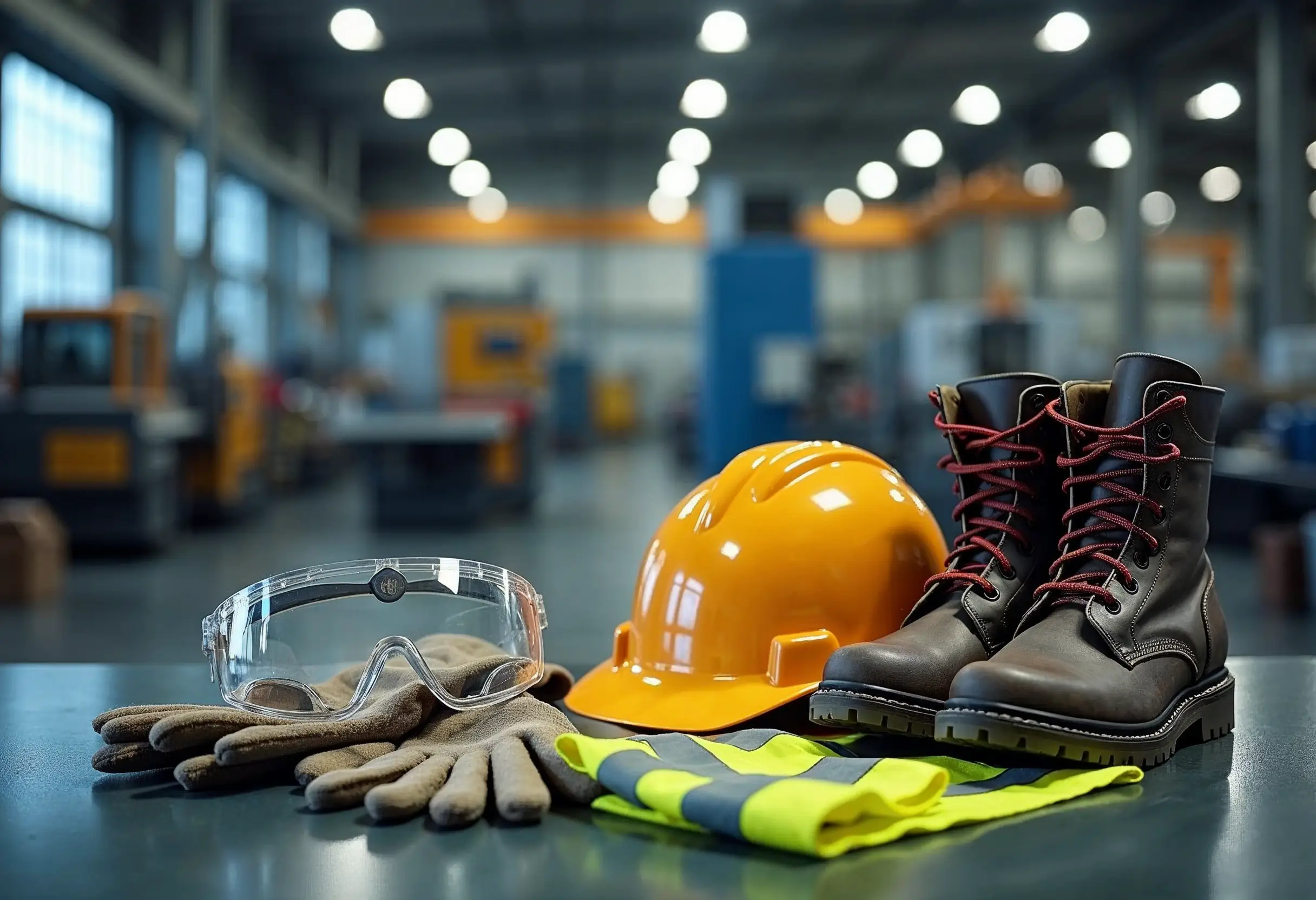
How to Apply Machine Safety Rules: From Selection to Installation

Smart Diagnostics Cut Heavy Equipment Failures by 73%

5 Ways to Assess the Environmental Impact of Heavy Construction Machinery

10 Smart Ways to Pick Construction Machinery for 2025 Projects
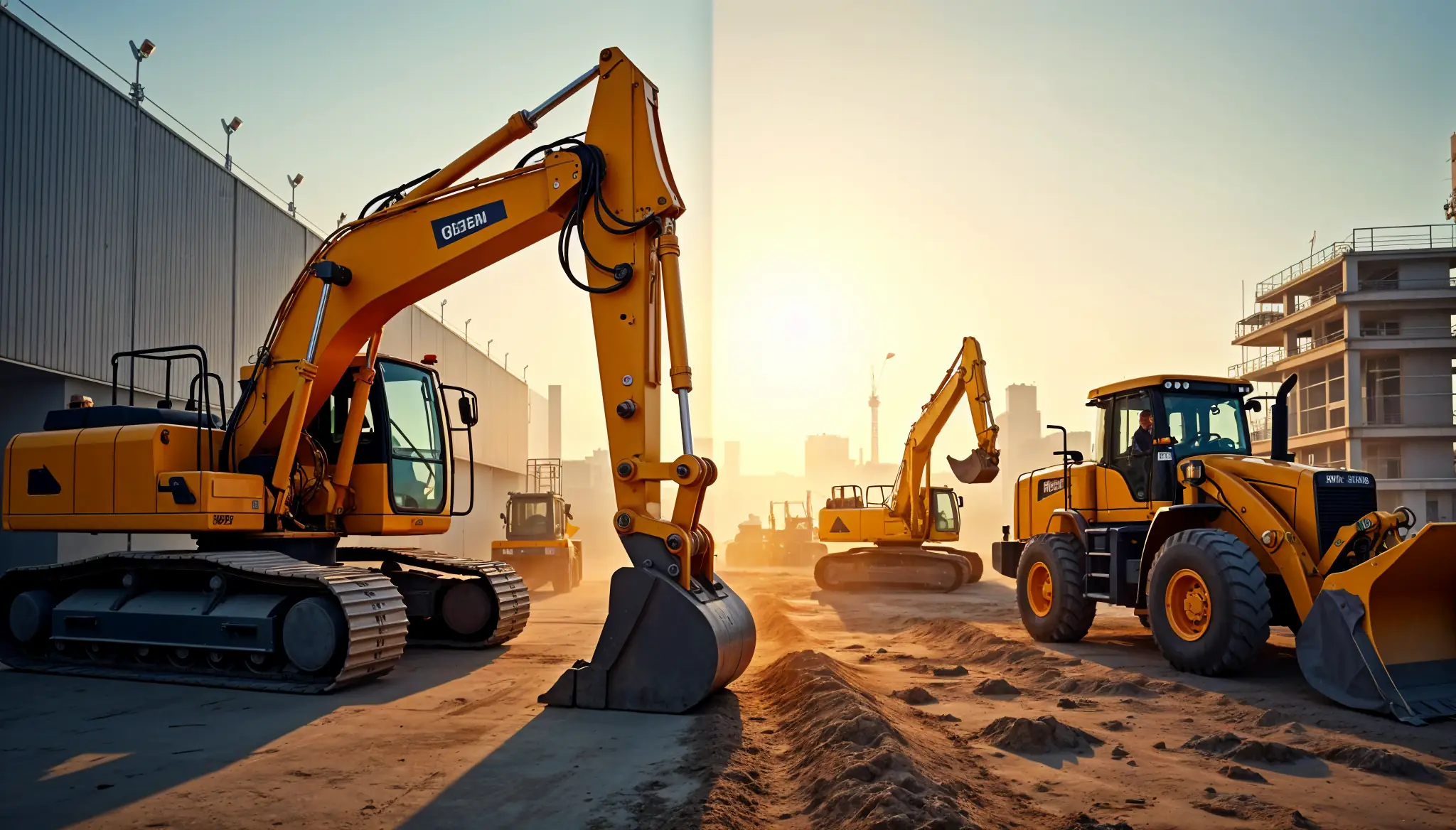
Rent vs Purchase Equipment: What Heavy Industry Experts Hide

How to Implement a Construction Inventory Management System for Equipment Efficiency
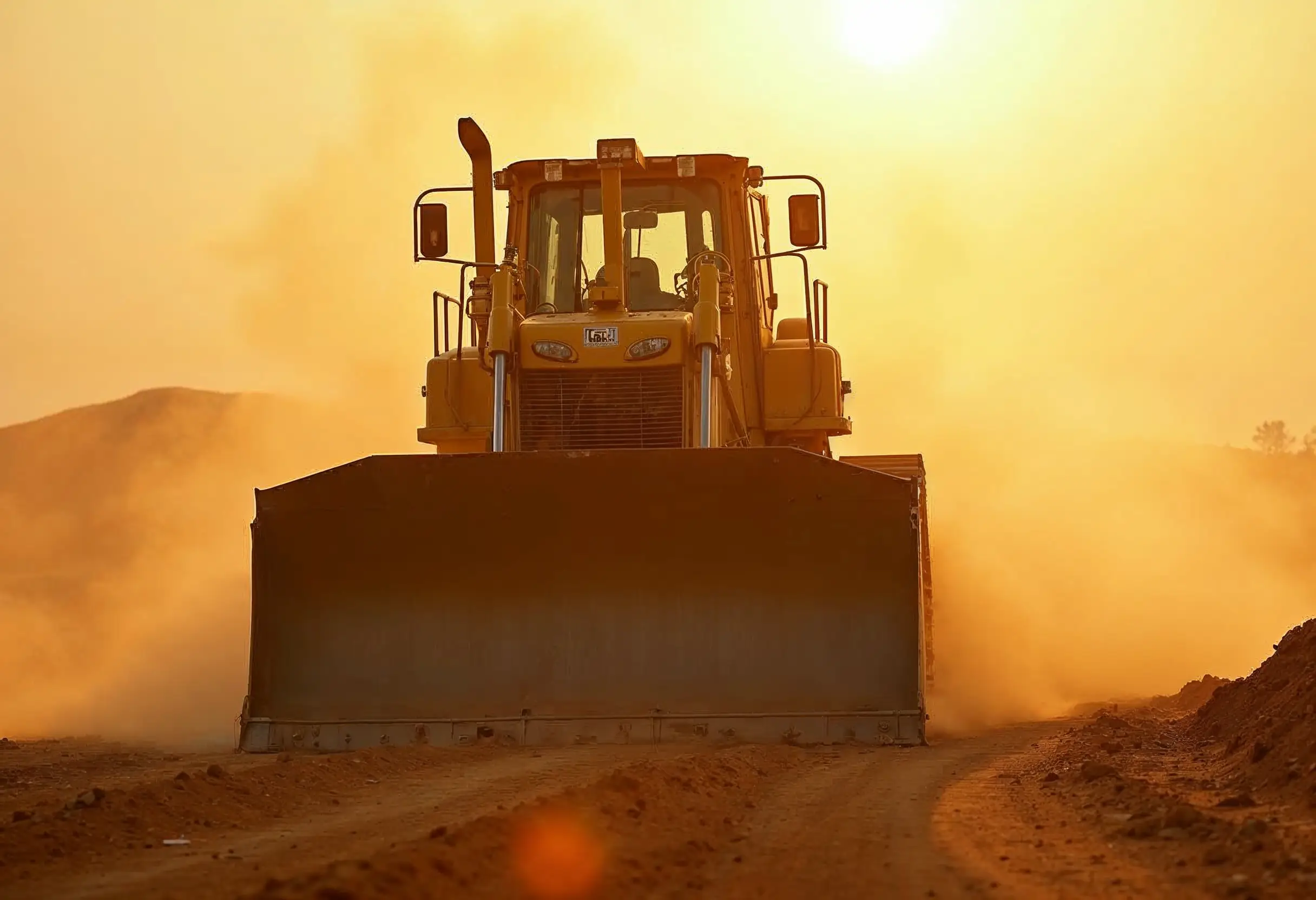
How to Extend Equipment Life Expectancy with Regular Maintenance
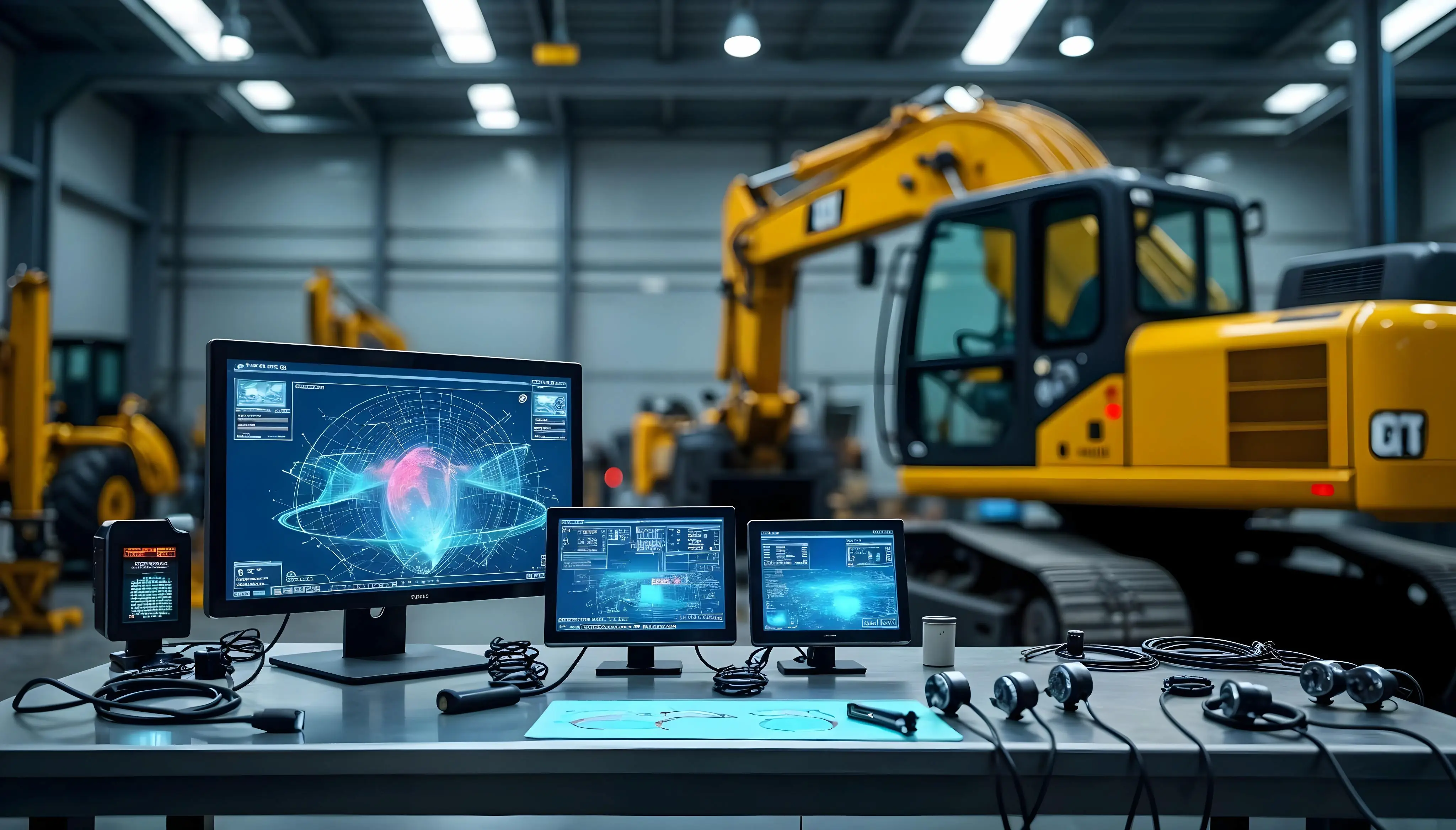
Advanced Heavy Equipment Diagnostic Tools: Ensuring Construction Machinery Quality
Essential Features Your Construction Equipment Inventory System Needs
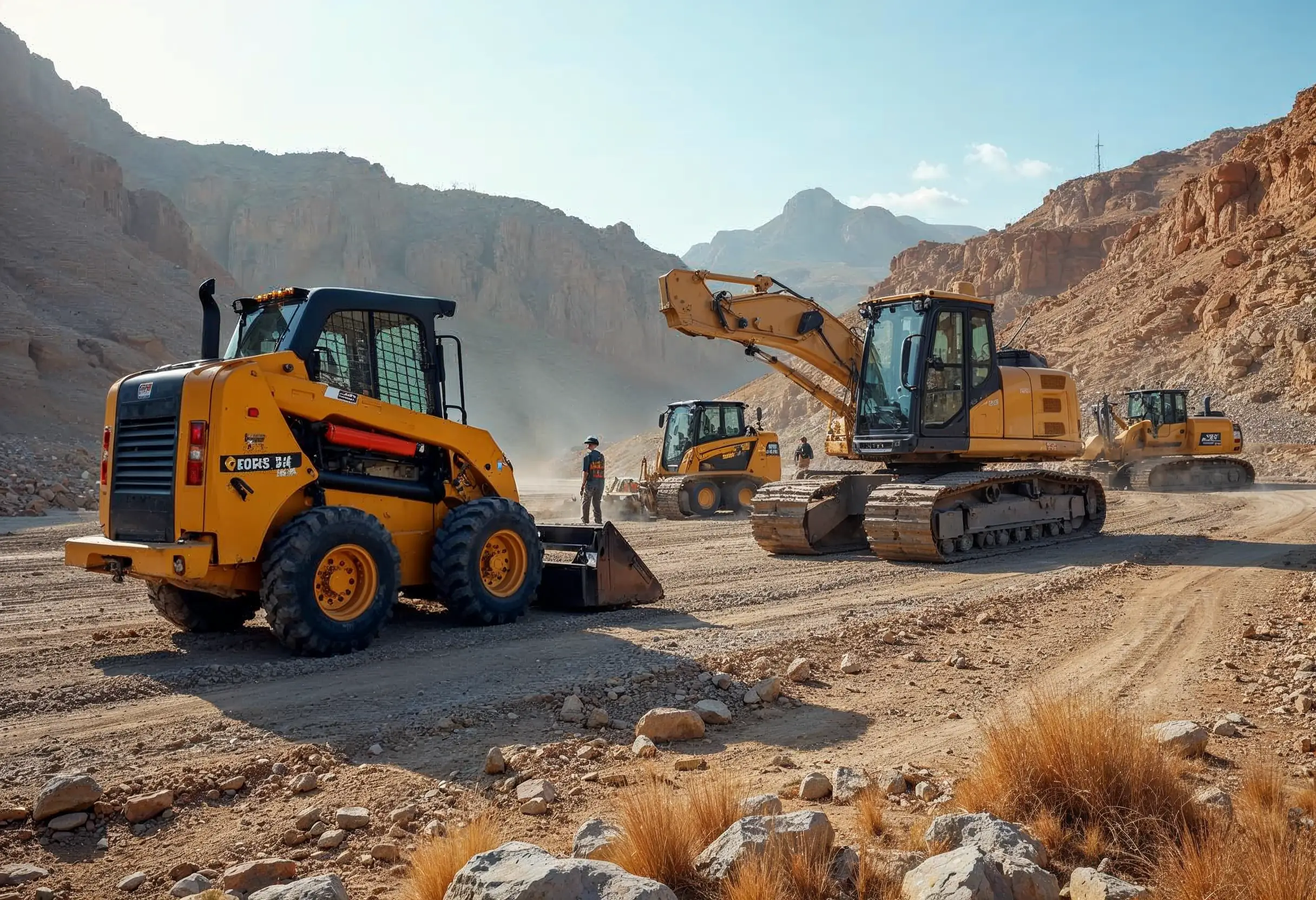
29 Quick Tips for Choosing Construction Equipment for Remote Locations

How to Select Construction Machinery with Optimal Equipment Maintenance in Mind
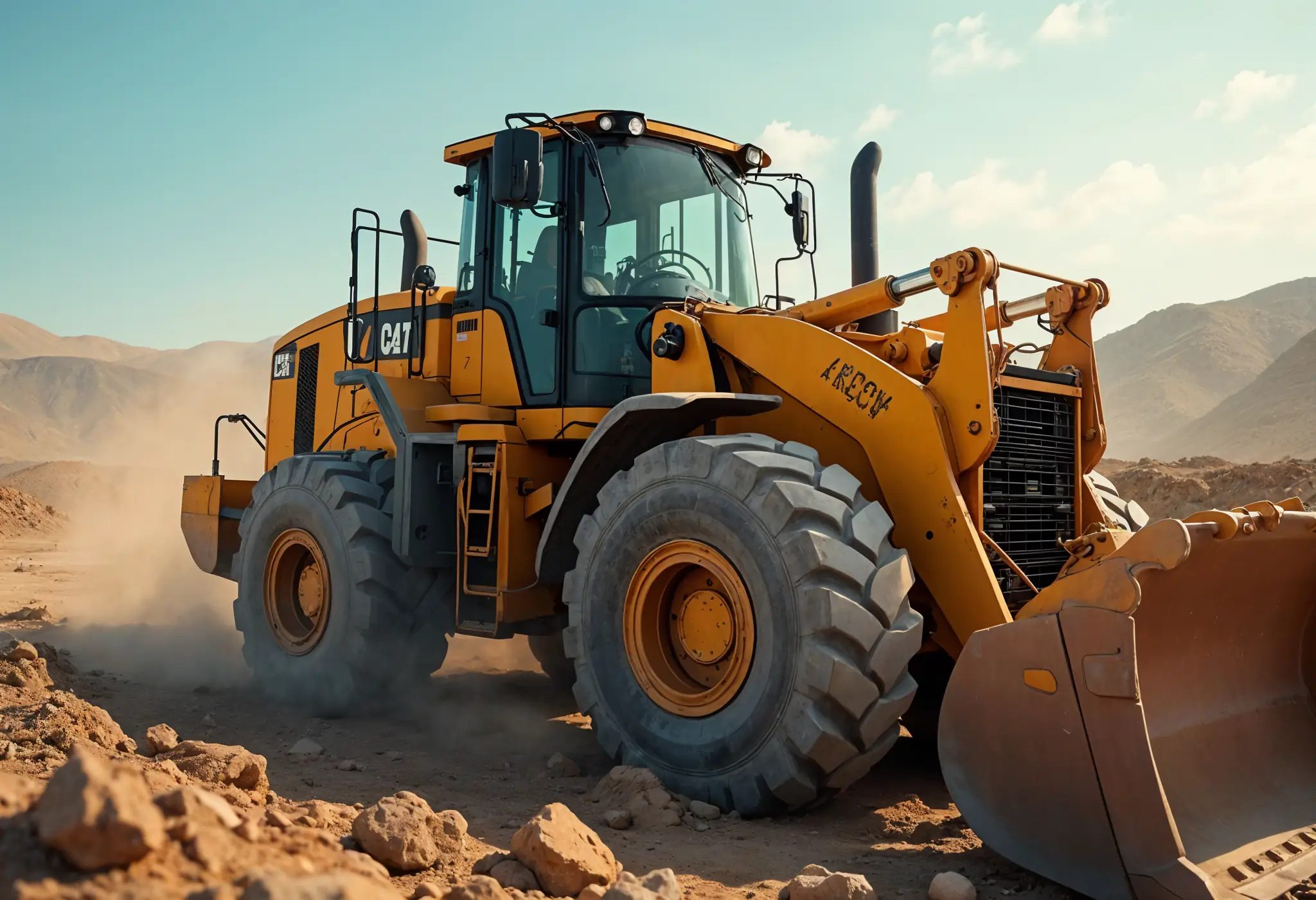
Top 25 Tips for Selecting Bulldozers for Construction Sites
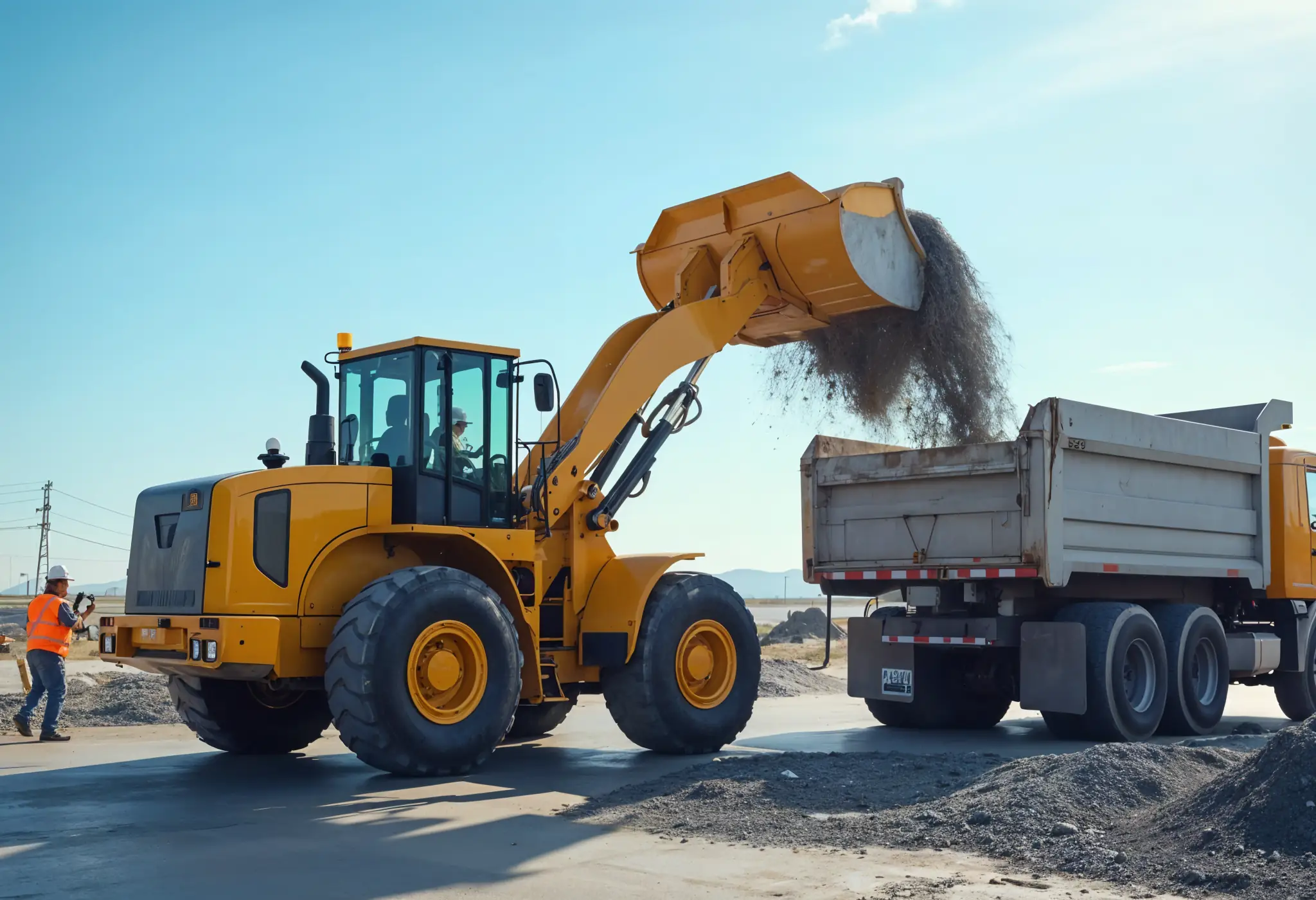
Which Construction Loader is Best for Your Project Needs?

4 Key Steps to Form a Construction Machinery QC Team

15 Essential Tips for Selecting the Perfect Crane for Construction

Maximize Savings: Multi-Purpose Construction Machinery for Lower Costs

Affordable Heavy Equipment Parts: A Sourcing Guide
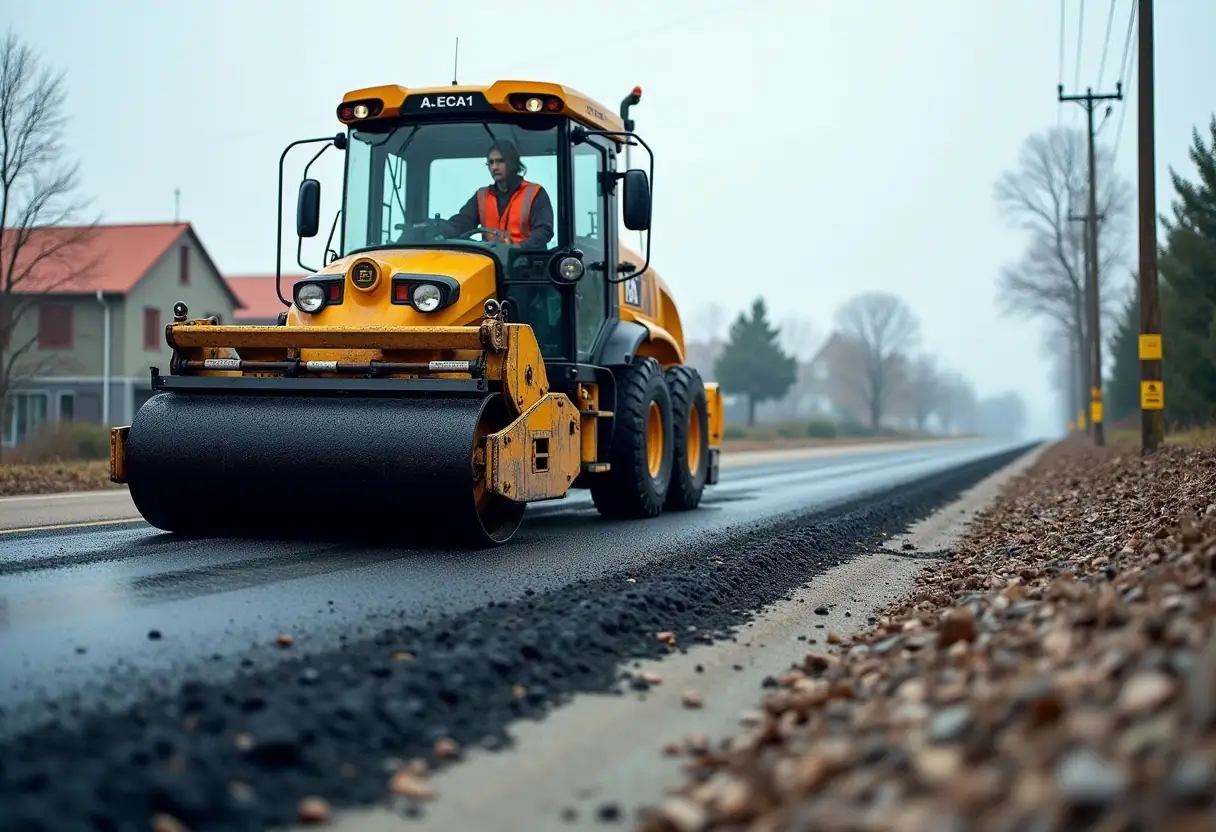
Choosing the Right Road Construction Equipment: A Complete Guide

Motor Graders: Key Elements to Consider for Optimal Selection

A Detailed Guide to Choosing Excavators for Construction Work
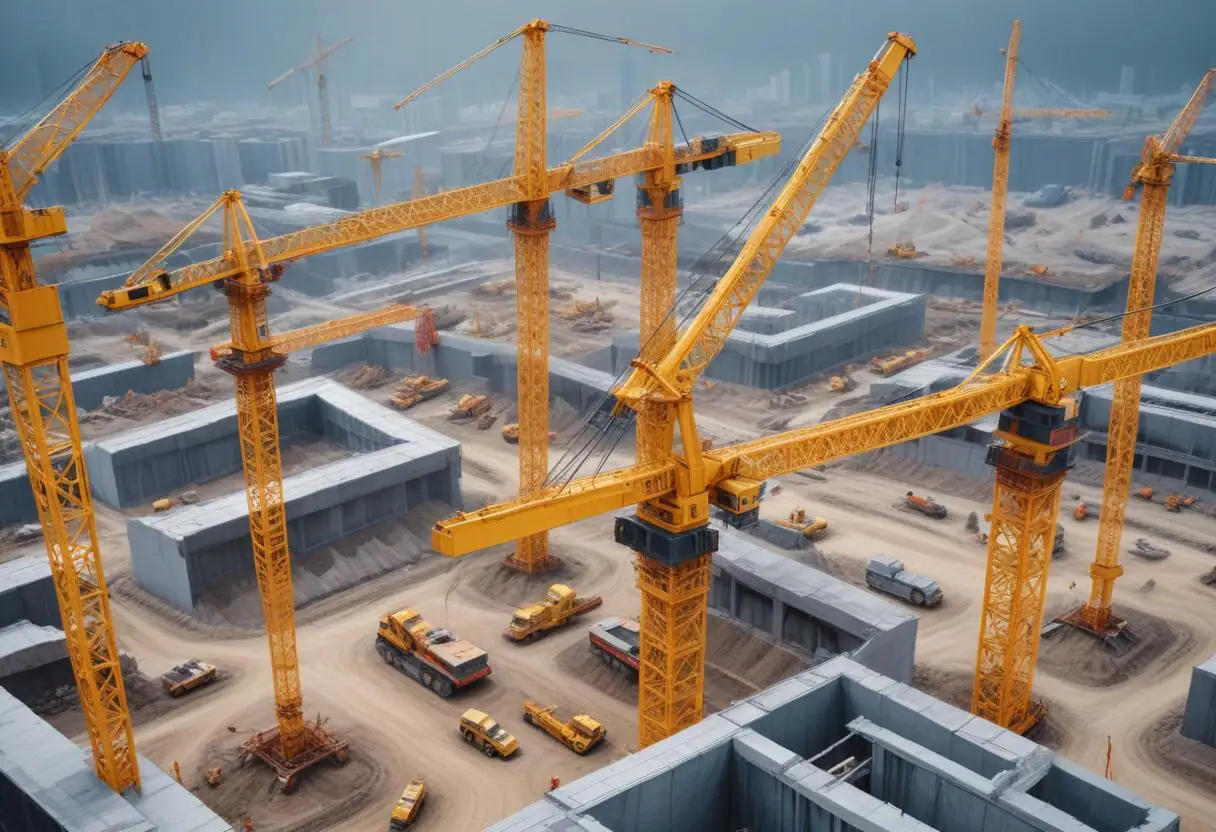
Top Tips for Choosing Cranes for Construction Projects
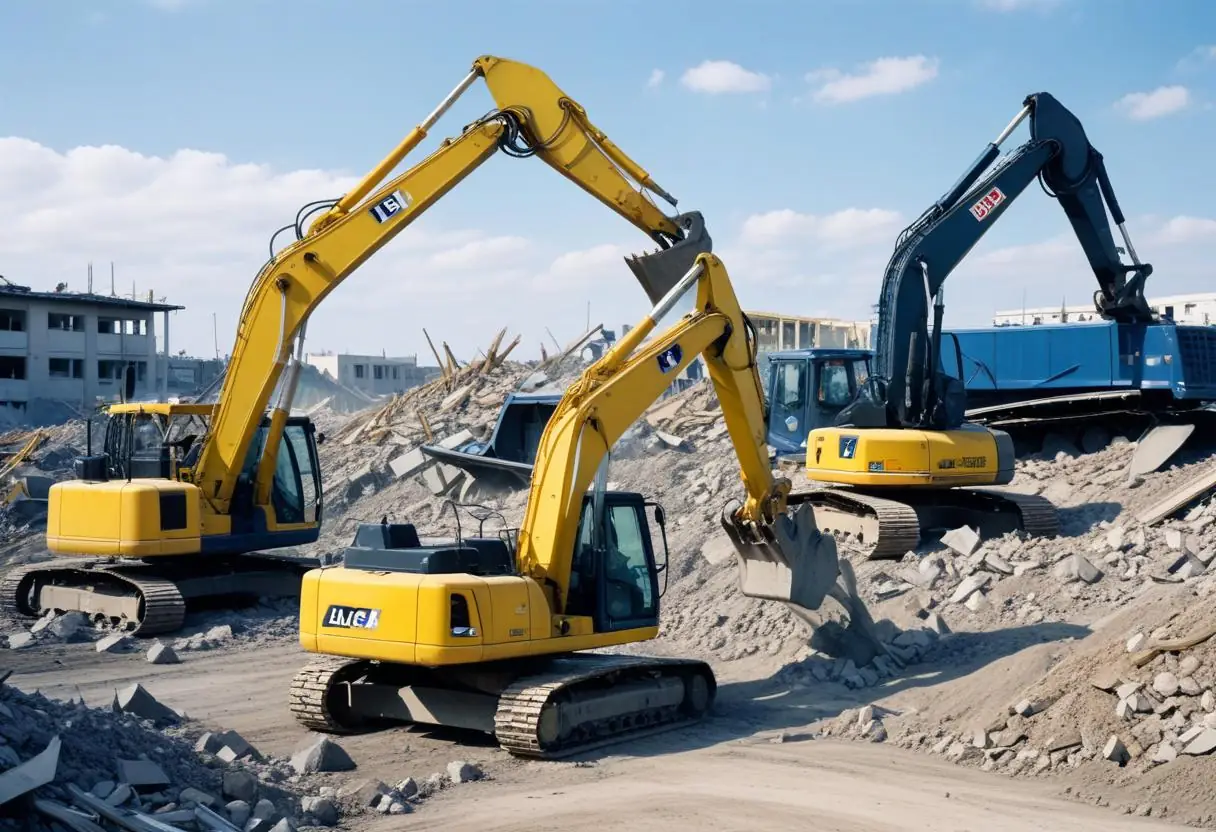
5 Top-Rated Demolition Machines for Construction Professionals

Expert Tips on Choosing Earthmoving Equipment for Large Projects
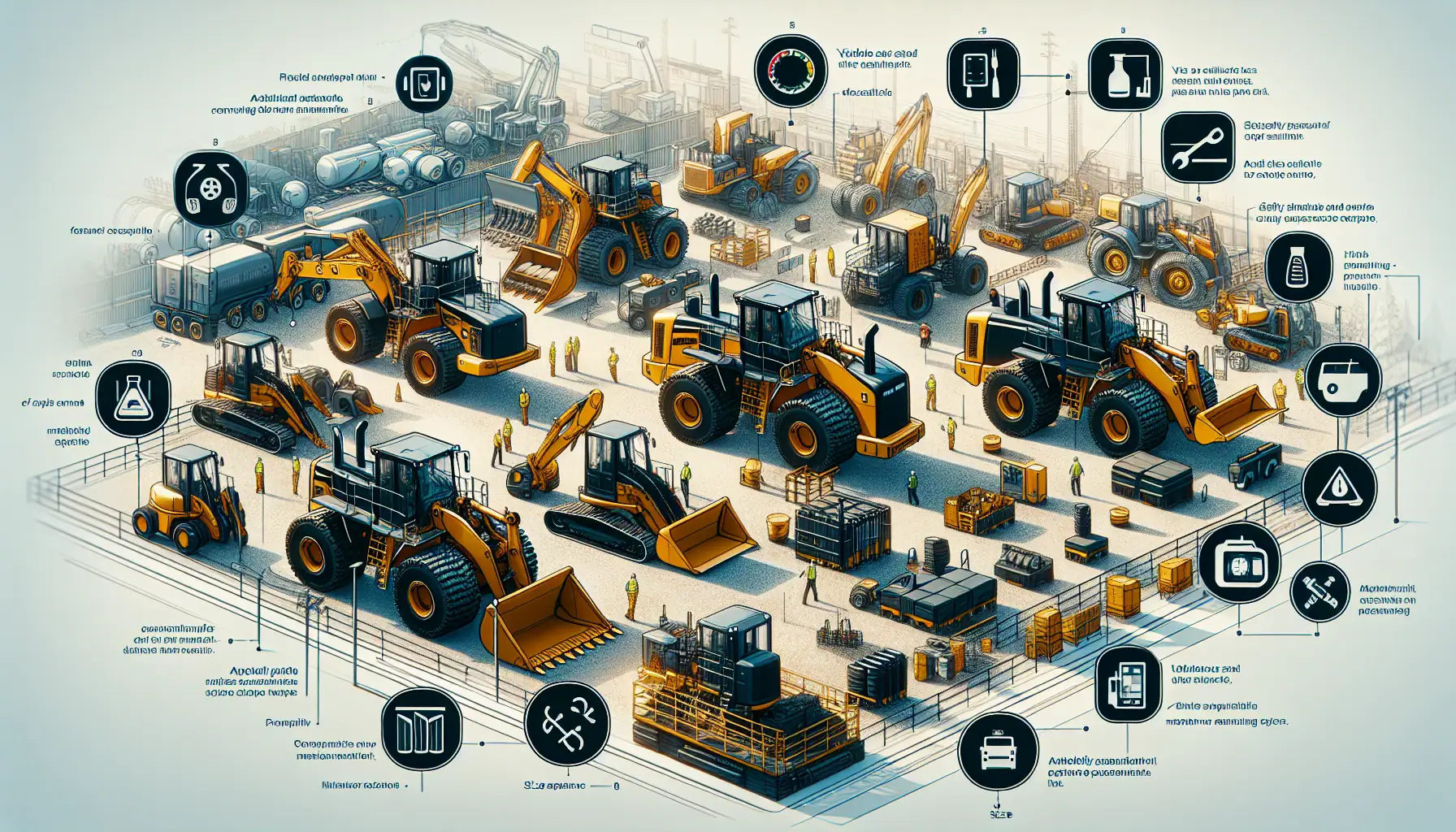
Top Functional Criteria for Selecting Heavy Construction Equipment

Construction Machinery: Detailed Guide to Equipment Specifications

Heavy Machinery Prices: Key Factors in Cost and Quality Balance
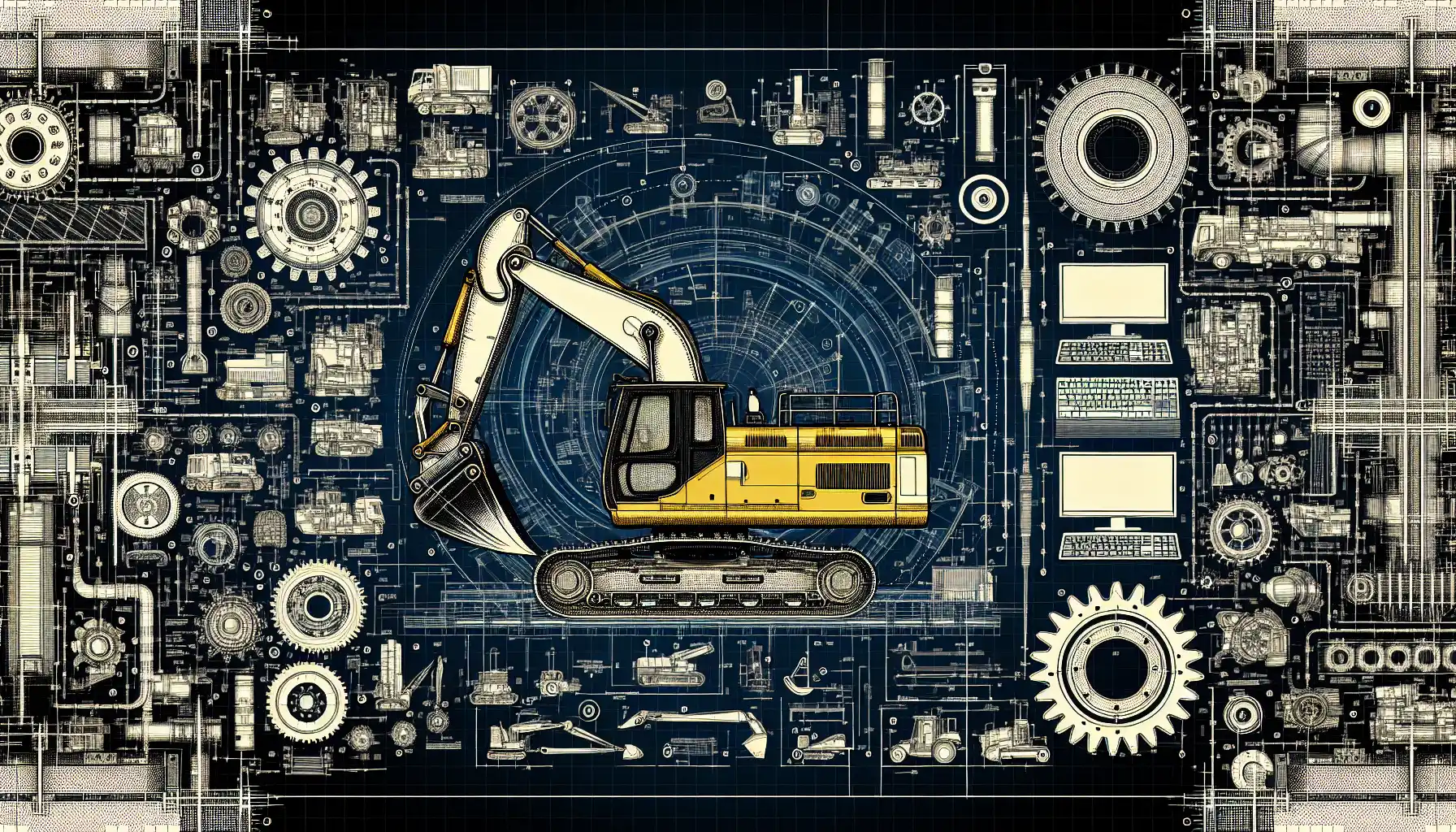
Best Construction Heavy Equipment Brands: Pros and Cons

Construction Site Equipment: How to Determine Your Requirements

Maximizing Safety: Risk Management for Construction Projects

Innovations in Construction: Transforming Machinery and Equipment

Heavy Equipment Safety: Beyond the Basics in Construction Compliance

The Essential Handbook for Construction Equipment Repair and Maintenance

How to Efficiently Source Oil and Gas Machinery Parts in NYC

Essential Guide to Sourcing Agriculture Equipment Parts
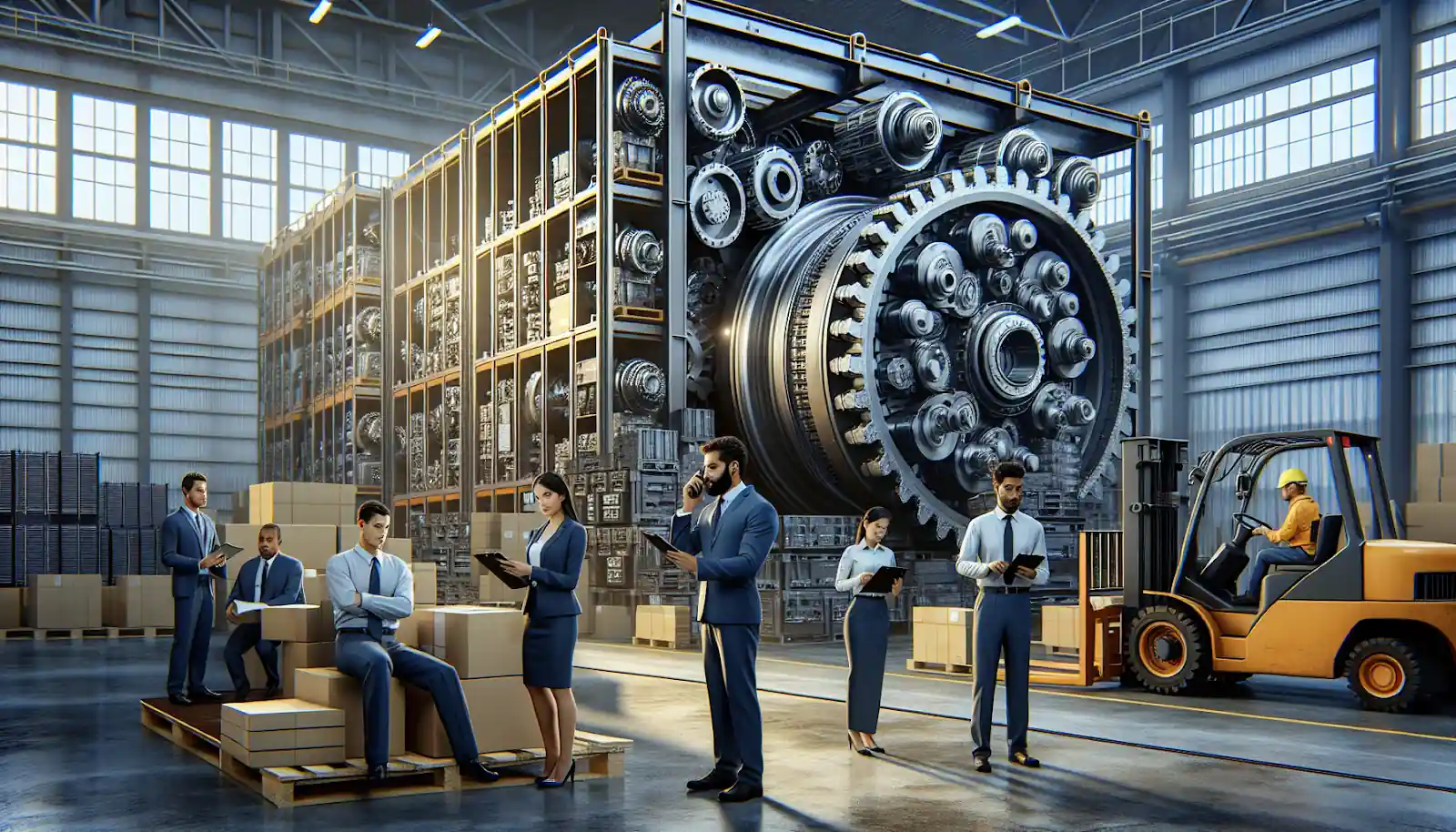
How to Source Mining Machinery Parts: Tips and Strategies
